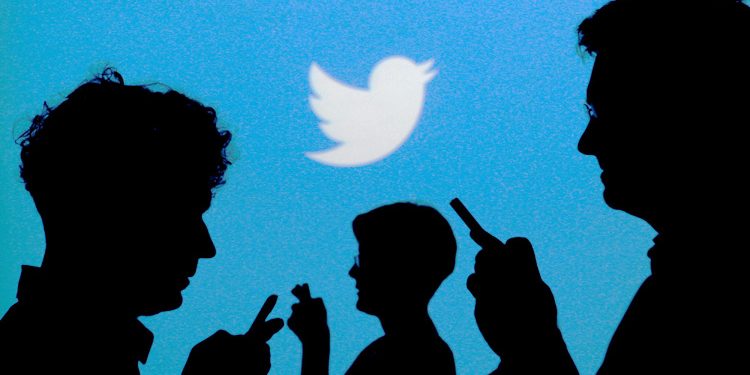By John Ikani
Twitter is prohibiting the sharing of private images and videos without the consent of the people involved.
Under the new rules, people who are not public figures can ask Twitter to take down pictures or video of them that they report were posted without permission.
The ban does not include media of public figures and others if the video and text are shared in the public interest or add value to public discourse.
“We will always try to assess the context in which the content is shared and, in such cases, we may allow the images or videos to remain on the service,” the company added in a blog post announcing the new policy.
Much initial reaction to the move was critical, with several people who often capture photographs of others in public places – without their knowledge, for artistic purposes – warning that it empowered Twitter to censor information.
But the social media platform said it would only remove images after being contacted by the individuals affected or their legal representatives who said that they did not consent to the material being shared – it would not require users to submit consent forms while uploading content.
What Twitter is saying
The company said in a blog post, “There are growing concerns about the misuse of media and information that is not available elsewhere online as a tool to harass, intimidate, and reveal the identities of individuals.
“Sharing personal media, such as images or videos, can potentially violate a person’s privacy and may lead to emotional or physical harm. The misuse of private media can affect everyone but can have a disproportionate effect on women, activists, dissidents, and members of minority communities. When we receive a report that a Tweet contains unauthorized private media, we will now take action in line with our range of enforcement options.”
Twitter also noted that there may be instances where users may share images or videos of private individuals in an effort to help someone involved in a crisis situation. In cases like this, the company stated thus: “We will always try to assess the context in which the content is shared and, in such cases, we may allow the images or videos to remain on the service. For instance, we would take into consideration whether the image is publicly available and/or is being covered by mainstream/traditional media (newspapers, TV channels, online news sites), or if a particular image and the accompanying tweet text adds value to the public discourse, is being shared in public interest, or is relevant to the community.
“Users can report rule-breaking tweets by clicking on the three dots at the top right corner of the tweet, selecting Report Tweet, selecting ‘It’s abusive or harmful,’ and clicking ‘Includes private information.”


































